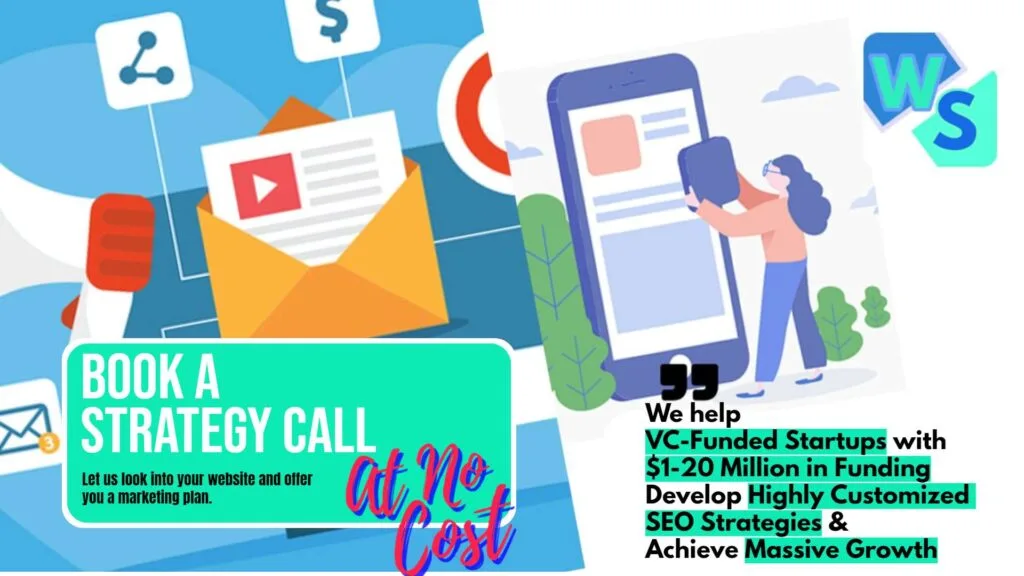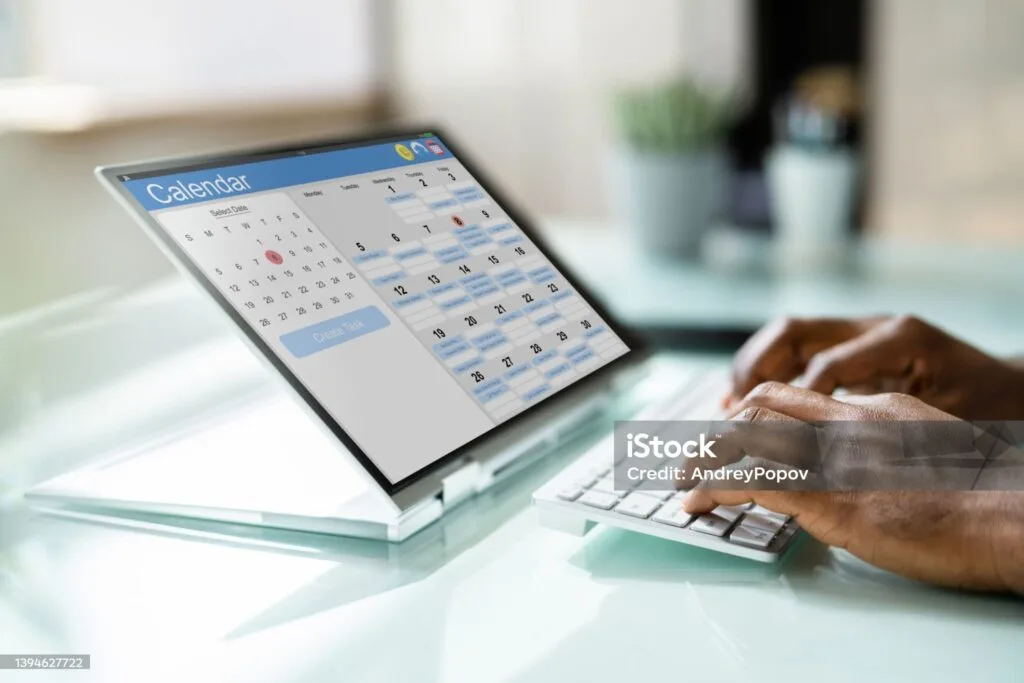Navigating the world of email marketing in 2024 can feel like an odyssey, especially with a sea of tools vying for your attention. Among these, Mailchimp and SendPulse emerge as prominent contenders, each boasting unique strengths and features. But which one is the right fit for your email marketing needs? In this comprehensive exploration, we’ll dissect their offerings, compare their capabilities, and see how they stack up against each other. Let’s embark on this journey to unveil the best email marketing tool for you in 2024.
Feature Set Comparison: The Core of Email Marketing Tools
Understanding the Essentials
The true power of an email marketing tool lies in its feature set. Both Mailchimp and SendPulse come packed with an array of features, but how they serve your needs can vary significantly.
Mailchimp has established itself as a powerhouse in the email marketing domain. It offers a rich suite of features that cater to a broad spectrum of users, from beginners to seasoned marketers. Key highlights include an intuitive drag-and-drop email builder, a diverse range of customizable templates, advanced segmentation options, and powerful automation capabilities. Mailchimp also stands out with its detailed analytics and reporting tools, giving you deep insights into your campaign’s performance.
SendPulse, while a relatively newer player, has quickly gained popularity with its multifunctional approach. Apart from standard email marketing features, SendPulse distinguishes itself by offering additional channels like web push notifications, SMS, and chatbots. This multi-channel capability allows for a more integrated approach to reaching your audience. SendPulse also offers an AI-driven personalization feature, which can significantly boost the effectiveness of your campaigns.
Templates and Customization: Designing Your Campaigns
The design and customization capabilities of your email marketing tool play a crucial role in the success of your campaigns.
Mailchimp shines in this area with its extensive selection of professionally designed templates that cater to various industries and occasions. These templates are not only visually appealing but also highly customizable, allowing you to align them with your brand’s identity effortlessly. The drag-and-drop builder ensures that even those with no technical expertise can create stunning emails.
SendPulse, on the other hand, offers a more streamlined but equally effective range of templates. While the variety might not be as extensive as Mailchimp’s, the available templates are versatile and easily adaptable to different campaign needs. SendPulse’s editor is user-friendly, providing ample scope for customization without overwhelming the user.
Automation and Workflow Capabilities
In 2024, the automation capabilities of an email marketing tool are non-negotiable. Both Mailchimp and SendPulse offer robust automation features, but they cater to different levels of complexity.
Mailchimp’s automation tools are designed for ease of use and effectiveness. You can easily set up automated workflows for scenarios like welcome series, abandoned cart reminders, or re-engagement campaigns. These workflows are customizable, allowing you to tailor them to your specific campaign goals.
SendPulse approaches automation with a focus on versatility and multi-channel integration. Its automation platform not only supports email but also other channels like SMS and web push, providing a holistic approach to automated communications. This multi-channel automation is particularly beneficial for businesses looking to engage with their audience across different touchpoints.
Pricing Structures: Balancing Cost with Features
Deciphering the Cost-Effectiveness
In the realm of email marketing tools, understanding the pricing structure is crucial for businesses to align their marketing budgets with the desired features. Both Mailchimp and SendPulse offer different pricing models, each catering to a diverse range of needs.
Mailchimp
- Free Plan: Available with basic features, suitable for up to 2,000 contacts and 10,000 sends per month with a daily limit of 2,000.
- Essentials Plan: Starting at around $9.99/month, this plan includes all email templates, A/B testing, custom branding, and support for up to 50,000 contacts.
- Standard Plan: Starting at approximately $14.99/month, this offers additional features like retargeting ads, advanced insights, and automation tools, catering to up to 100,000 contacts.
- Premium Plan: Starting from $299/month, aimed at larger businesses, offering advanced segmentation, multivariate testing, and unlimited seats and role-based access.
SendPulse
- Free Plan: Allows up to 2,500 subscribers and 15,000 emails per month.
- Standard Plan: Starts around $6.40/month for up to 500 subscribers, with unlimited emails, and scales up with more subscribers.
- Pro Plan: For larger businesses, with advanced features. Pricing starts at higher rates and varies based on the number of subscribers.
Mailchimp presents a tiered pricing model, starting with a free plan that’s perfect for small businesses or beginners. As you climb up the tiers – Essentials, Standard, and Premium – the features become more advanced, and the prices rise in tandem. The pricing mainly depends on the number of contacts, which scales as your business expands. It’s important for potential users to consider how the costs can accumulate as their subscriber list grows, especially when advanced features become necessary.
SendPulse, in contrast, offers a flexible approach to pricing. It also starts with a free plan, suitable for basic email marketing needs. As your requirements grow, you can choose between a pay-as-you-go option or a subscription-based model. The pay-as-you-go option is particularly attractive for businesses with irregular email campaign schedules, as it allows them to pay only for the emails they send. For those with more consistent needs, the subscription plans offer unlimited emails with a fixed monthly fee based on the number of subscribers.
Evaluating Value for Your Investment
When considering Mailchimp, it’s essential to factor in the long-term costs associated with a growing subscriber base. Its extensive feature set in the higher tiers can provide significant value, but at an increased cost.
SendPulse, with its flexible pricing, can be a more budget-friendly option for businesses with varying campaign frequencies. Its unique combination of email marketing with additional communication channels like SMS and web push notifications in the same platform could offer greater value for businesses looking to diversify their outreach strategies.

Related: Check out our free SEO suite

Integration Capabilities: Enhancing Your Digital Ecosystem
The Importance of Seamless Connectivity
In today’s interconnected digital landscape, the ability of an email marketing tool to integrate with other applications is a crucial consideration. Both Mailchimp and SendPulse offer a range of integrations, enhancing the overall utility of their platforms.
Mailchimp boasts an impressive array of integrations, connecting with over 200 applications and services. This extensive integration ecosystem includes connections with popular CRM platforms, eCommerce tools, social media platforms, and more. Such versatility makes Mailchimp a strong contender for businesses looking for a tool that can seamlessly blend into their existing tech stack.
SendPulse, while offering a more concise list of integrations, focuses on quality and essential connectivity. It integrates effectively with major CRM systems, eCommerce platforms, and various other business tools. SendPulse’s integrations are particularly streamlined for its multi-channel marketing approach, ensuring cohesive campaign management across different communication channels.
Tailoring Through API Access
For businesses with specific needs, both Mailchimp and SendPulse offer API access for custom integrations. Mailchimp’s API is known for its robustness and flexibility, allowing for a wide range of custom solutions.
SendPulse’s API, though not as extensive as Mailchimp’s, provides adequate capabilities for creating tailored integrations. This feature is particularly valuable for businesses that need a more customized approach to align their email marketing efforts with other operational aspects.
Customer Support: Ensuring Smooth Operation
The Role of Support in User Experience
Effective customer support is a cornerstone of any software service, especially in the complex realm of email marketing. Both Mailchimp and SendPulse understand this and have structured their support systems accordingly, albeit with different approaches.
Mailchimp offers a comprehensive support system, including email support, an extensive knowledge base, and community forums. For businesses subscribing to higher-tier plans, it provides 24/7 live chat and phone support. One of the standout features of Mailchimp’s support is its vast array of self-help resources, which include detailed guides, tutorials, and FAQs. This is a boon for users who prefer to self-serve or need quick solutions to common issues.
SendPulse, on the other hand, takes a more direct approach to customer support. It provides email, live chat, and phone support across all its plans. The responsiveness and effectiveness of SendPulse’s support team are often highlighted by users, making it a reliable choice for businesses that may require more frequent and direct assistance. Additionally, SendPulse offers a range of educational resources, including webinars and tutorials, to help users maximize the platform’s capabilities.
The Impact of Responsive Support
The quality and timeliness of support can significantly affect user satisfaction and efficiency. Mailchimp, with its larger user base, has established a robust support infrastructure capable of handling a high volume of queries. The platform’s proactive approach in offering detailed resources also helps reduce dependency on direct support channels.
SendPulse maintains a balance between direct support and self-help resources. Its emphasis on accessible and responsive support is particularly beneficial for businesses that value quick and personalized assistance in navigating their email marketing efforts.
User Experience and Learning Curve
The Importance of Usability
In the competitive landscape of email marketing tools, the ease of use and the learning curve associated with a platform can play a pivotal role in its adoption and long-term effectiveness.
Mailchimp is known for its user-friendly interface, making it a favorite among businesses of all sizes, particularly those with limited technical expertise. The platform’s design focuses on intuitiveness and simplicity, ensuring that users can easily navigate through its features and create campaigns without a steep learning curve. This user-centric design approach extends to Mailchimp’s powerful email builder, which allows for the creation of visually appealing emails with minimal effort.
SendPulse, while also prioritizing a user-friendly experience, offers a slightly different approach. Its interface is straightforward and uncluttered, emphasizing efficiency and ease of use. The platform is designed to accommodate users who need a no-nonsense, streamlined tool for managing multi-channel marketing campaigns. SendPulse’s learning curve is relatively gentle, and users can quickly become proficient in utilizing its core features.
Customization and Flexibility
Both Mailchimp and SendPulse offer a range of customization options for their campaigns, but they cater to different preferences and requirements.
Mailchimp provides a balance between ease of use and customization capabilities, making it suitable for businesses that want to create professional-looking emails without requiring extensive design skills.
SendPulse offers a degree of customization that aligns with its multi-channel approach. Users can tailor their emails, SMS, and web push notifications to ensure a consistent brand experience across all channels.
Conclusion
After an in-depth analysis of Mailchimp and SendPulse, it’s evident that both platforms offer compelling features and benefits, tailored to meet different email marketing needs and preferences in 2024.
Mailchimp has solidified its position as a user-friendly and versatile tool, making it an excellent choice for a wide range of businesses, especially for those just starting out or with limited technical expertise. Its intuitive design, extensive template library, and comprehensive integration capabilities make it ideal for businesses seeking an all-in-one email marketing solution. The tiered pricing structure, including a free plan, caters to businesses of varying sizes, though costs can escalate with subscriber list growth.
SendPulse, with its multi-channel marketing approach, stands out as a robust tool for businesses looking to integrate their email marketing with other communication channels like SMS and web push notifications. Its flexible pricing model, including a pay-as-you-go option, can be advantageous for businesses with variable emailing needs. SendPulse’s direct and responsive customer support, along with a user-friendly interface, makes it a strong contender for businesses seeking a straightforward and efficient marketing platform.
In 2024 and beyond, the success of your email marketing efforts will largely depend on how well your chosen tool complements your overall marketing strategy and engages your audience. Both Mailchimp and SendPulse offer robust platforms capable of propelling your marketing efforts to new heights. The key is to identify which tool aligns best with your unique business goals and marketing vision.
Read Next
- Mailchimp vs MoonMail: The Best Email Marketing Tool for 2024
- Mailchimp vs Aritic Mail: The Best Email Marketing Tool for 2024
- Mailchimp vs Emma: The Best Email Marketing Tool for 2024
- Mailchimp vs Mailigen: The Best Email Marketing Tool for 2024
- Mailchimp vs iContact: The Best Email Marketing Tool






















Comments are closed.